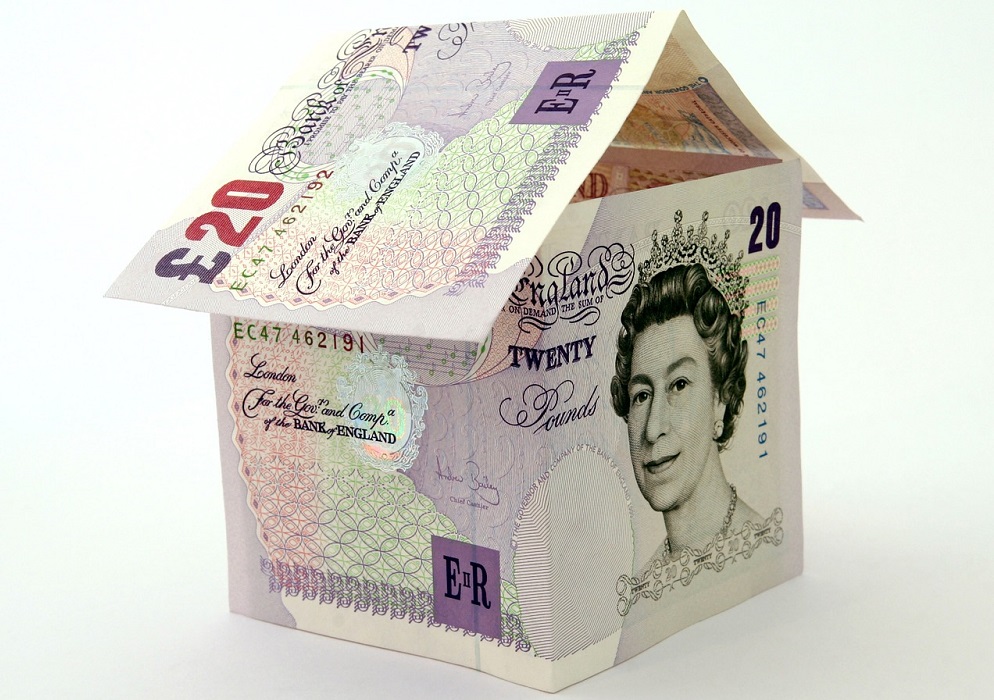This step-by-step guide to becoming a property millionaire is hardly risk-free, but it incorporates practical tips from the experts…
1. Initially look to invest in flats rather than houses
Most observers agree that investors who put money into flats tend to generate a good return. Flats tend to make better buy-to-let investments than houses, and if your budget will stretch to a two-bedroom, two-bathroom flat, as the more flexible your buy-to-let property is, the better.
2. Research and patience
It’s vital to assess all the pros and cons of an investment and should speak with local letting agents before diving in to investing, as you could put yourself in a position where you are forced to sell. Looking at information that could affect the investment of the property such as; knowing about the local schools, types of shops in the area, transport, tenants and nearby towns.
3. Have a diverse property portfolio
As with stocks and shares, a diverse property portfolio is the best way to invest as it is always better to have more than one property to fall back on.
4. Always look for ways to add value
“One of the best ways to make money out of a property is to add value to it, for instance, covert a maisonette with a loft conversion or convert a garage into another room. According to a recent Zoopla survey this can add 20 per cent to the value of a property.
5. Be tax-efficient
There are many ways to keep your tax bill down, so that you are still able to achieve maximum capital growth, without overpaying on taxes. For example, if you are married, ensure any rental income from your property portfolio is divided between you and your spouse in the most tax-efficient way, as well as maximising savings from tax-deductible items, e.g. furnishings.
6. Find professional partners you can trust
Most investors require professional help with building their property portfolio. Finding dependable builders, lawyers and accountants is not just key to maximising your profits, but will offer you peace of mind during a complex process.
7. Unrealistic estimates of rental yields
You can be promised unrealistic rental yields from others, such as Estate Agents, so it’s always worth doing your own research as well as getting genuine independent advice. Average rental yields in central London are a modest 2.90 per cent, and if you only have around £200,000 to invest in a buy-to-let apartment, you may do better in “outer prime” areas, such as Fulham, according to Knight Frank Residential Research figures.
8. Target young professionals as tenants
If you are wanting to invest in high-income, then building a £1 million portfolio, investing in premium-quality, low-cost shared accommodation for working professionals.
With the right tenants, converting a single-occupancy property into one HMO will lead to significant capital gains, covering the refurbishment costs with plenty to spare.
9. Follow planning approval trends
Research local planning applications on local authorities’ websites which often give an early indication of which areas will have potential for a strong long-term investment.
You will notice that any planning permission which has been granted for major housing schemes will often have an evident ripple effect years before the developments have actually been built.
10. Properties with gardens equals growth
Recent studies suggest that London properties with some kind of outdoor space, even a roof top terrace, are worth 20 per cent more than properties without such a space.
BRIDGING LOANS
Bridging loans provide the borrower with short term finance secured against property assets.

DEVELOPMENT FINANCE
Available to developers and investors with a track record in residential development and / or refurbishment

JOINT VENTURES
We will consider putting up to 95% of costs for residential development of refurbishment and joint ventures.






